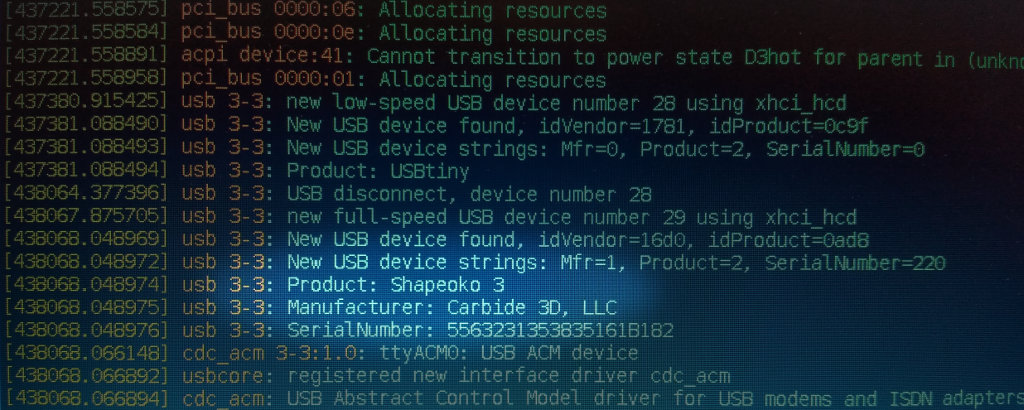With all the snow we’ve been having, it seemed only fitting to update the theme of this blog. The background picture is a shot I took of an accumulation of snow built up on the fence in my back yard one bright, sunny morning. I thought it looked rather pretty, and the snow has the effect, by design, of blending into the background, making it appear as though this web site is buried in it. I suppose in some ways, it is. Let me know what you think of the new layout; this is a theme I’ve wanted to use for some time, but it required some modification before it suited the nature of this page.
I’ve been working feverishly on the code development of Buscom, which is already working as a simple connector module, allowing direct communication to and from serial, IP and pipe-connected devices and services and Venturii Decider. Now it is also learning to speak Modbus, and there is more in store in the coming days!
The VDAC MID-1 Rev 2.2 is nearing completion, and I have only a few more touchups to do on the PCB design before I submit this third round of prototypes to fab. I’ve picked up a nice little rework station since assembling the last prototypes so I am hoping these next ones can be done a lot smoother. Better yet, it would be awesome if we could get them done by the Pick ‘n Place machine! Unfortunately I may not be able to wait that long.

